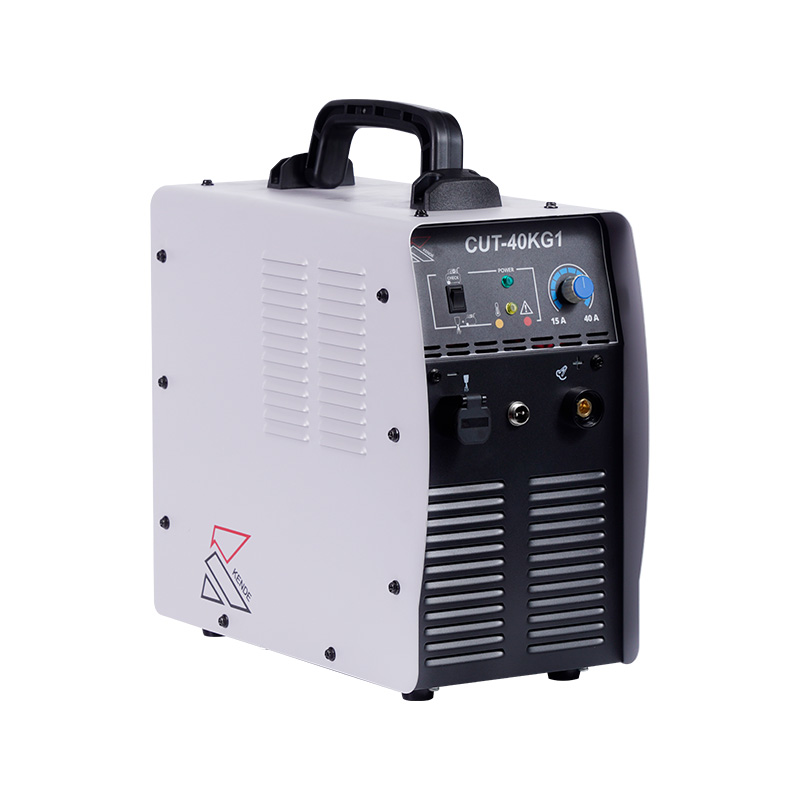Email: [email protected]
 2025.06.20
2025.06.20
 Industry News
Industry News
Cutting metal with precision and efficiency is essential across various industries, from automotive to construction and heavy machinery. One tool that has gained considerable attention for its performance and portability is the inverter plasma cutter. This device combines modern inverter technology with plasma cutting capabilities to deliver consistent results while meeting a wide range of operational needs.
One of the primary advantages of an inverter plasma cutter is its compact size and lightweight design. Traditional plasma cutters often rely on heavy transformers, which can limit mobility and ease of use. Inverter-based units use advanced electronics to convert power more efficiently, which allows for a smaller and lighter housing. This makes them easier to transport to job sites or move around workshops, especially where space is limited or frequent repositioning is required.
Another significant benefit of using an inverter plasma cutter is its energy efficiency. The inverter technology allows for better control of electrical output, reducing energy consumption without compromising performance. This feature is particularly useful in facilities where energy cost is a concern or in mobile settings where power sources may be limited. Lower energy use can also reduce the heat generated during operation, which contributes to longer equipment lifespan.

Precision is another area where an inverter plasma cutter excels. These cutters can produce cleaner cuts with minimal slag and less post-processing. This is especially helpful when working with thinner sheets of metal or when tight tolerances are required. The consistent arc and stable current output provided by the inverter system help ensure accurate and repeatable results, even when working with different types of conductive materials such as steel, aluminum, and copper.
Versatility is also an appealing characteristic of the inverter plasma cutter. It can often be used for both light-duty and heavy-duty tasks, depending on the model. Some units are designed with dual-voltage capabilities, which allow them to operate on both standard and higher-voltage power supplies. This flexibility supports a broader range of applications, from fine artistic metalwork to industrial fabrication.
Ease of use is another reason many professionals opt for an inverter plasma cutter. These machines typically feature digital controls, easy-to-read displays, and user-friendly interfaces. The ability to fine-tune settings such as amperage and air pressure allows the operator to adapt quickly to different materials and thicknesses, improving workflow efficiency. Many models also come with built-in safety features, such as overload protection and thermal shutdown, which enhance user safety.
Maintenance and reliability are further advantages. Since the inverter plasma cutter is designed with fewer moving parts and uses solid-state electronics, it tends to require less frequent servicing. Replacement components, such as consumable tips and electrodes, are often easy to access and install, which reduces downtime.
The inverter plasma cutter offers a combination of portability, efficiency, and precision that makes it suitable for a wide variety of metal cutting tasks. Whether used in a fabrication shop or on-site in construction projects, it provides a balance of power and flexibility that supports reliable daily use. As technology continues to evolve, the inverter-based design remains a practical choice for professionals seeking effective and adaptable cutting solutions.